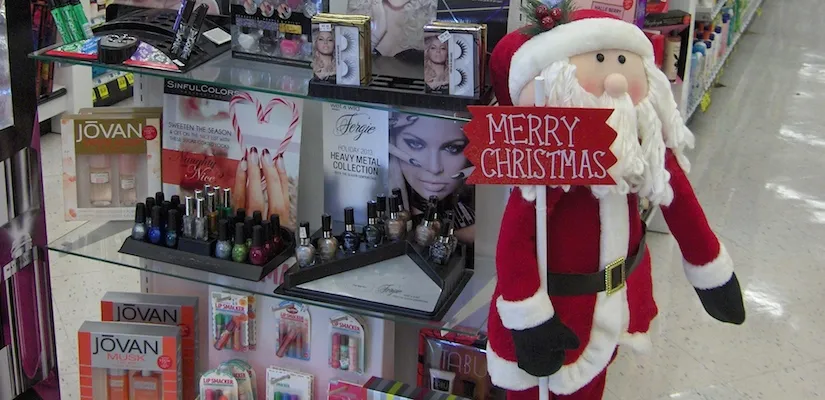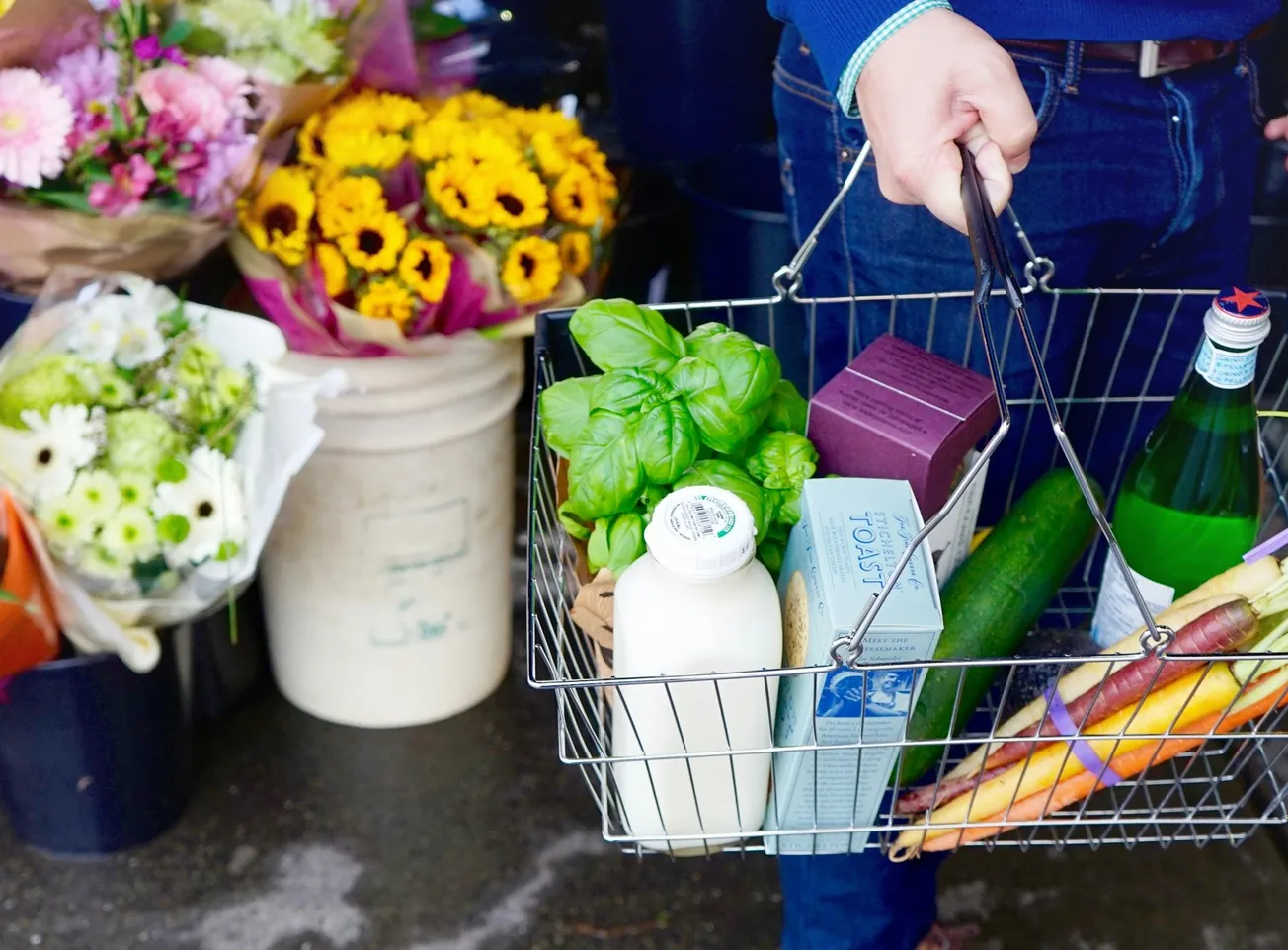NEW YORK — Drug chains were not immune to the shift in holiday shopping away from brick-and-mortar retailing.
Holiday retail sales growth barely exceeded 4%, down from last season’s 4.4% advance and well off the 5.4% gain of five years ago, according to research by Racher Press, the publisher of Chain Drug Review. Same-store sales were up 1.8%, virtually unchanged from 2014.
Last-minute shoppers, who flock to stores just prior to Christmas, couldn’t lift the channel any higher. Up to two-fifths of the season’s sales occur in the week and a half before Christmas, according to the National Retail Federation (NRF). That includes Super Saturday, the Saturday before Christmas, which has overtaken Black Friday as the busiest shopping day of the season, according to ShopperTrak.
With a disappointing Black Friday and a jump in e-commerce, the week before Christmas this year took on added importance for brick-and-mortar chains. Even with the holiday shopping season starting ever earlier in November, consumers were holding out until the 11th hour in the hope of discounts.
Almost three in five surveyed by NPD Group said they hadn’t finished half or more of their shopping as of Dec. 13, up from 50% who said the same thing in 2014. Similarly, NRF reported that as of Dec. 15, the average shopper had completed 53.5% of her or his shopping, compared with 52.9% a year earlier. Midway through December, just 10% of holiday shoppers — or 22.6 million people — indicated that they’re done shopping, signifying that 90% of holiday shoppers still had things to buy, NRF noted.
The lackluster showing of brick-and-mortar stores over the Thanksgiving and Black Friday weekend — sales dropped 4.7% from a year earlier on a 5.1% decline in store traffic — was not necessarily a blow to major retailers, as they were able to capitalize on online demand.
“The sales and traffic numbers only tell a partial story, as retailers with strong digital businesses saw an uptick in the online channels that will positively impact the overall performance of the brand,” said Shelley Kohan, vice president of retail consulting at RetailNext. “The weekend continued to demonstrate the emergence and importance of mobile shopping, and shoppers increasingly used digital devices to shop brands, research products, compare pricing and make purchases.”
The weekend sales dip notwithstanding, stores did better than they had in the five preceding months. Sales per shopper were up 0.3% over the holiday weekend, driven mostly by a 3.1% increase in average transaction value. Conversion slipped 0.5%, in part due to the early Cyber Monday sales promotions started over the weekend, as well as savvy shoppers recognizing the end of the weekend does not denote the end of holiday price discounts and promotions.
“The results for physical retail are generally positive when considering the growing influence of digital shopping, particularly in the mobile channel,” commented Kohan. “Over the holiday weekend, there were patterns of strong results for retailers with less effective digital channels, and they outperformed on the brick-and-mortar side of the business.”
“Of course, the flip side was true for brands with strong digital presences and who offered a seamless multichannel experience, and it’s those brands who have a head start into retail’s most important season,” she added.
MasterCard also pointed to strong e-commerce growth this holiday selling season. According to MasterCard SpendingPulse, which gauges U.S. retail sales across cards, cash and checks, retail sales excluding auto and gas rose 7.9% during the traditional Black Friday to Christmas Eve shopping season.
This season, the top winners were e-commerce and furniture, which saw double-digit growth, while electronics and men’s apparel lagged well behind, MasterCard said. E-commerce grew about 20% compared with last year, which MasterCard said reflects recent research that 70% of U.S. consumers report doing more research online than before.
Lower gas prices also aided consumers. Total retail sales, excluding auto and fuel, across all card and payment types grew 4.6% from November through December versus last year, while growth including gas was 2.7%, highlighting the fact that consumers are spending the money they’re saving at the pump, according to MasterCard.
“After a slow start, I’m very happy to see that the holiday season was hot for retailers,” stated Sarah Quinlan, senior vice president of market insights for MasterCard Advisors. “We saw some very promising trends. The double-digit growth in furniture sales, for instance, shows that consumers are willing and able to splurge on big-ticket items. E-commerce’s rise is a solid indication of an empowered and savvy shopper. We’ll be watching to see if this behavior continues into 2016.”









